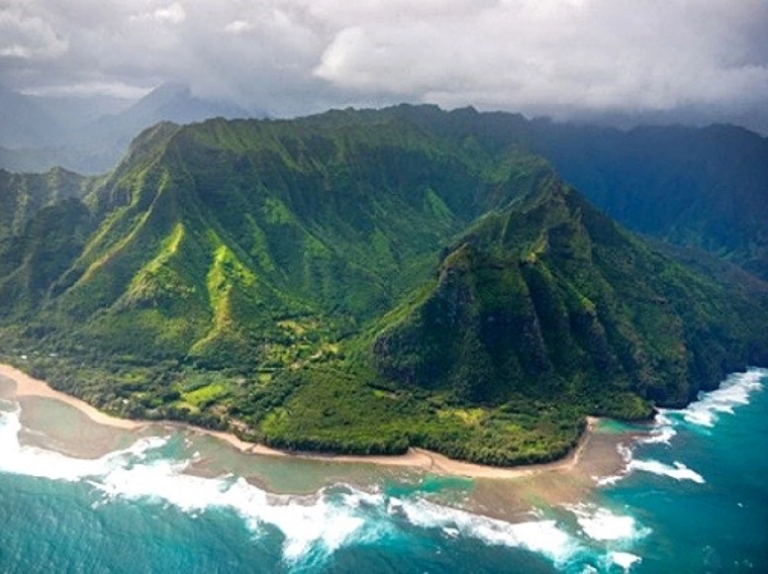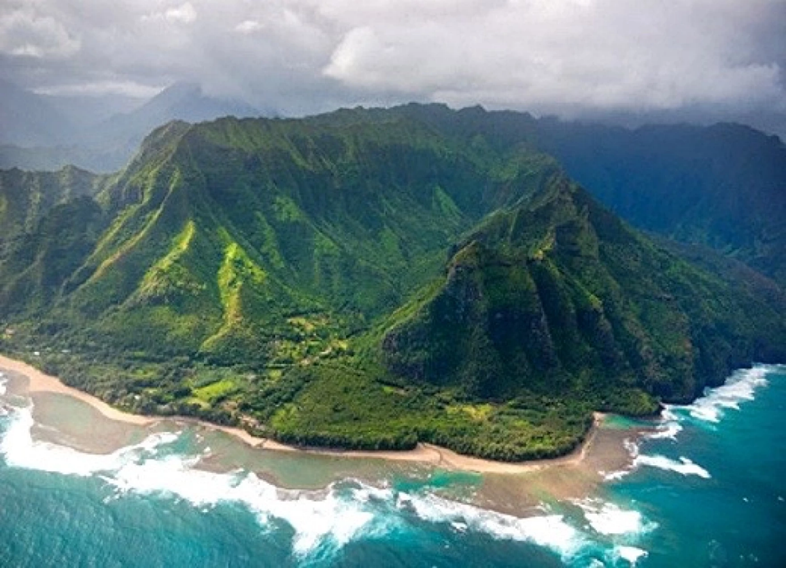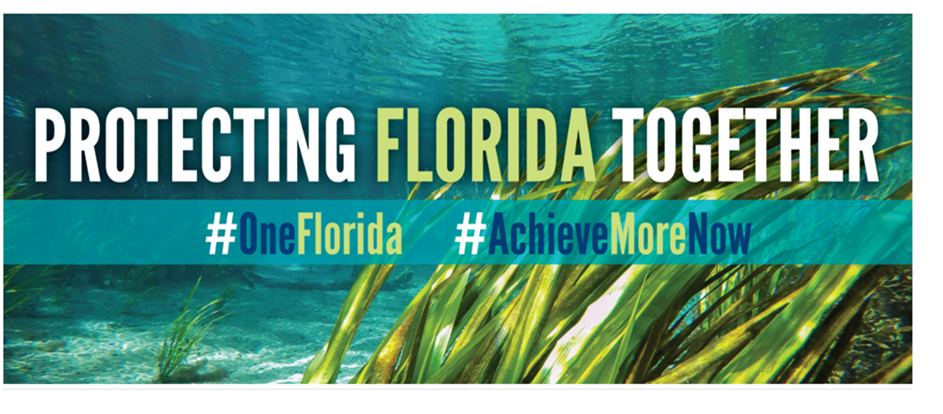
By: Stephanie Auslander, Destinations International
Occupancy taxes are defined as short term rentals in lodging, hotels, motels, inns, and other establishments for stays shorter than 30 days. The taxes are designed to ensure that visitors pay the tax upon check out at a lodging facility. The laws are specific to the type of lodging that counts towards the tax including bed and breakfasts, campgrounds, inns, motels, mobile home parks, and shared services including Air BNB. By procuring additional tax dollars, destinations make meaningful and long-lasting contributions in addition to achieving marketing objectives.
The distribution of the occupancy dollars is reflected in convention centers, tourism and promotion funds, and cultural arts programs. The collected lodging taxes in destinations, for instance, are deposited into a general fund that addresses pressing issues such as housing, climate, and community development. Bed taxes collected from visitors are fed back into the tourism industry which aids in the support of other city needs. Experience Columbus detailed a proposal advocating for approximately 28% of collected bed tax revenue to go back to the destination. As a result, the collected bed tax revenue increased by more than 6 million that generated US$7 billion in economic impact and created more than 78,000 jobs.
The CEO of Experience Columbus referred to the milestone, “the additional funds from the bed tax have enabled us to increase our national sales and marketing efforts. This has allowed our team to be even more competitive and win bigger conventions, trade shows, and sporting events. As we look to next year, we are setting bold goals and aspirations to continue to elevate our city as a preferred destination.”
Climate Change Mitigation
In addition to building resilience by competition nationally and winning bids, occupancy dollars can support growing issues in a variety of ways. One of the most pressing issues faced by destinations is mitigating climate change. According to a recent NOAA report, sea levels are projected to rise by a foot along the US coast by 2050. Destinations are presented with a unique opportunity to utilize their tax dollars for climate change mitigation including beach nourishment programs, protection of biodiversity, and creating natural resource funding. Hawaii is advocating for a green fee that allows visitors to contribute to the protection, restoration, and conservation of Hawaii's natural and cultural resources. Natural resources range from its coral reefs, oceans, mountains, beaches, forests, marines, streams, and oceans provide invaluable benefit to both residents and visitors. In addition to being the bedrock of the tourist economy, the state's natural beauty has suffered from overuse of its resources, putting it at immediate risk of degradation.
The framework for a green fee for visitors has been introduced in conjunction with the transient accommodations tax and an environmental license. Like a fishing license, visitors will be required to purchase a license to make use of natural resources funded through occupancy tax dollars. Further, these green fees can help offset visitors' impacts on Hawaii's climate, increase climate resiliency, and invest in a sustainable future. To ensure the funds are being used for their intended purposes the Environmental Legacy commission has been established to create transparency, oversight, and to help guide the disbursement of funds in a responsible and effective manner. Various projects that a green fee can help support include forestry management programs, state historic preservation programs, aquatic invasive species management projects, invasive species security plan, and wildlife management programs.

Beach Nourishment Programs
On Amelia Island, 5% of occupancy dollars are collected from lodging facilities with stays of less than six months. This includes beach cottages, hotels, motels, single-family homes, mobile home parks, condominiums, and boats permanently anchored at the dock. Occupancy dollars received by Nassau County go into projects that help boast the community including the Amelia Island Beach Nourishment Program. The project was created in 1993 with the goal of preserving, protecting, and enhancing the beach/dune system along the south side of the island. Since 2014, the state of Florida has reimbursed up to 39% of the construction costs estimated at US$ 4.2 million for each project. These nourishment projects are intended to be easily designed practical solutions to beach erosion.
The South Amelia Island shore Stabilization Project recently completed its third installment in 2022 in a three-phase approach. The nourishment aimed to replace advance fill sand that has eroded since the last project was completed in 2011, protect dunes and vegetated dune habitats that have developed on the beach since the initial project completed in 1994, and help restore the recreational amenity that is invaluable to both residents and visitors. The stabilization project received a permit from the Florida Department of Environmental Protection and the army core of engineers to complete the program with the partnership of Nassau County and the Florida Park Service.

As for sea level rise, the third installment of the beach nourishment project will help flourish the beach and dune systems, which will mitigate any effects along Amelia Island's Atlantic Ocean shoreline. Beach nourishment has proven to be an effective deterrent of sea level rise as the sand along the beach can be transported upwards by waves and tides along the beach in response to increase in water levels. Moreover, it is estimated that if beach nourishment projects continue at the same pace in the future the sand placement can help offset effects of sea level rise even in the worst-case scenarios.
In summary, a destination effort to increase occupancy taxes can be invested in other areas outside the industry norm. In addition to helping a community flourish, tax dollars received can be invested towards destination management in the replenishment of natural resources, creation of affordable housing, and protection of biodiversity. To build successful and sustainable communities, destinations can utilize occupancy tax dollars to create meaningful and lasting change.

